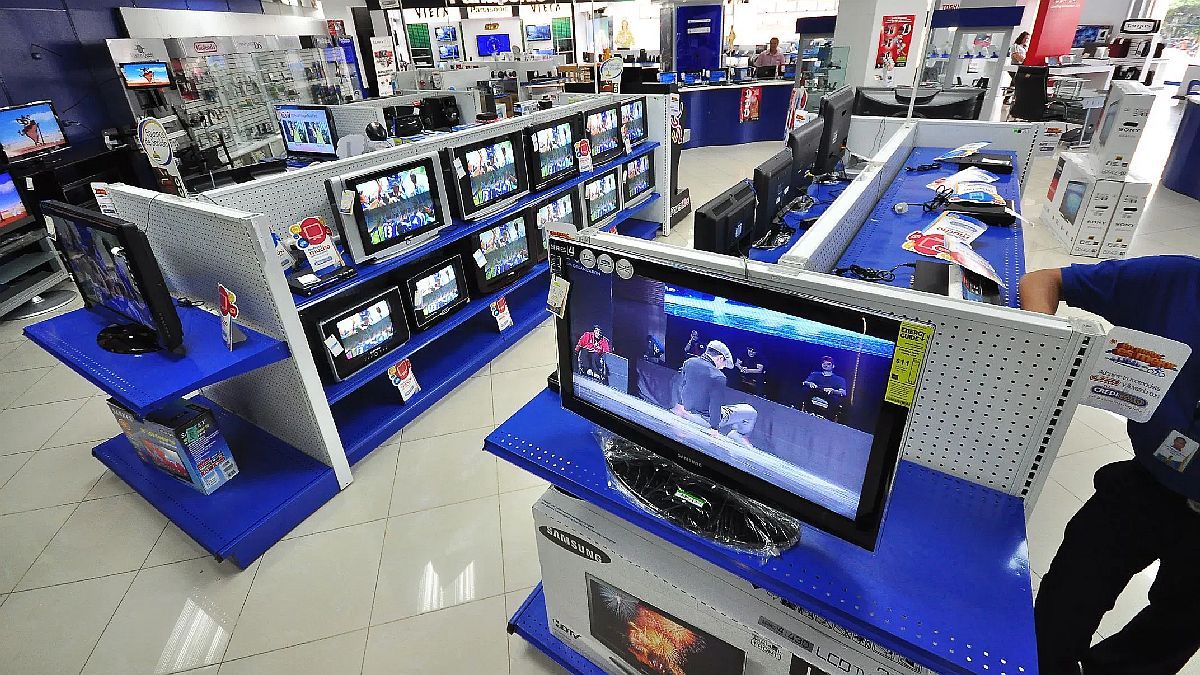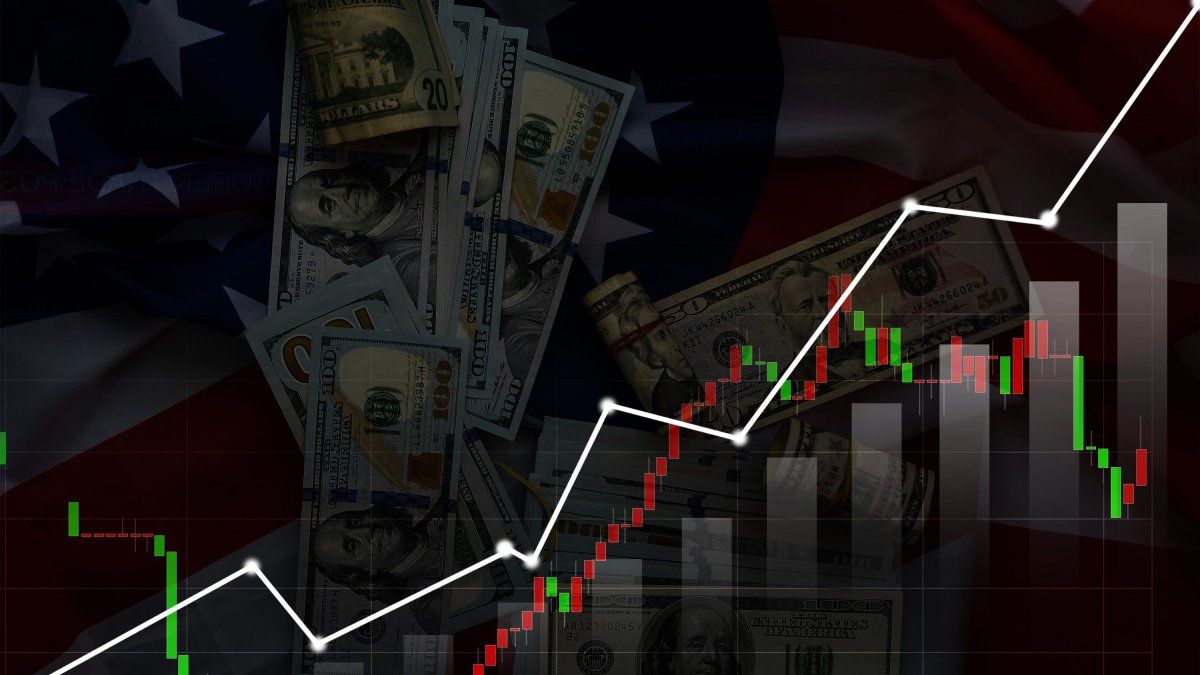In the case of cell phones, production was practically stagnant. In the accumulated to December it closed at 10,180,145 unitsalmost 100 thousand more than in 2021, so the increase was barely 1%. As for sales, they are expected to have closed at 8,404,037, a drop of 4.2%.
This is one of the reasons why the term was not extended. now 30, but if progress was made with giving more quotas to cell phones. At the end of October, the Minister of Economy, Sergio Massa, launched Now 30, that is, 30 installments to finance the purchase of cell phones, televisions, and household appliances. It had a duration of 60 days, until the end of December, although with the possibility of extending it until January 19. However, when the deadline passed in December, the program came to an end.
It is that although sources from the public and private sector assure that it complied with rebounding sales and they were satisfied with the results, it did not imply a consumption “boom” either. In part, because 2022 will be another year with a drop in the purchasing power of wages, except for the private sector, which could tie. But also, because from the retailers they observe consumers with a lack of financing, with credit card limits with very low limits.
Since 2022 will have closed with a drop in cell phone sales, the Ministry of Internal Commerce, in charge of Matias Tombolini, defined the return of the phones to Ahora12, which had been removed from the quotas in 2020. “Ahora 30 ended, but we continue with the Ahora 12 of cell phones to give more impetus to that sector,” said an official source. There is also the plan now 10with a subsidized rate of 48%.
In the case of air conditioners, there was a drop in the production: 2022, according to Afarte estimates, it closed at 1,237,465 units, a drop of 15%. Although production fell, consumption increased: 955,617 units were sold in the accumulated year, an increase of 12.3%.
Throughout the year, what the industry observed is that starting in the second half of the year, sales slowed down, with August and September being very “bad” months. In August there had been a kind of “summer” in sales, since after there were three Ministers of the Economy in the same month and the exchange rate gap had skyrocketed, many consumers in the face of panic went out to take refuge in durable goods. Starting in October, with Now 30, the sector saw a certain upturn, the same in November, in televisions and air conditioners.
Tax changes
As of January 1, internal taxes for air conditioners, cell phones, monitors, projectors, televisions, stereos, microwave ovens, heating devices, hair dryers, among others, increased. This is how Congress defined it with the approval of the 2023 budget law. Products that were taxed at 17% went to 19%, while when they are manufactured in Tierra del Fuego, they increased from 6.55% to 9.5%.
This does not include computers. However, the sector also expects changes in that good. Sources from the Chamber of Electronic Industries (Cadieel) assured that they have “every expectation of recovering the tariff”, which was changed with the Cambiemos government, when it was lowered to 0%, after being at 35%. The request to the Government is that it be 16%, “as Mercosur has”.
At the end of December, Massa visited the Mirgor company, and anticipated that they are analyzing changing the tariffs for the importation of finished electronics, and favoring the importation of parts. “We have decided to do the same thing that our neighbors do, like the regime that Brazil has, we are going to have in Argentina,” she affirmed.
Source: Ambito
David William is a talented author who has made a name for himself in the world of writing. He is a professional author who writes on a wide range of topics, from general interest to opinion news. David is currently working as a writer at 24 hours worlds where he brings his unique perspective and in-depth research to his articles, making them both informative and engaging.




